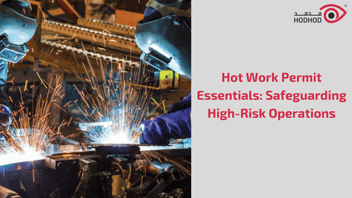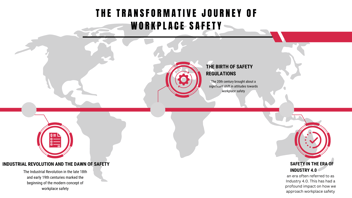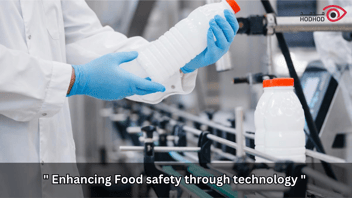Breaking the Myth: Safety is Everyone's Responsibility
Safety is often overlooked but Industry 4.0 can help make safety a team effort.
"Safety is everyone's responsibility." It's a phrase that we've all heard countless times, whether in the context of a workplace, a school, or any other organization. And yet, despite the good intentions behind it, the reality is that safety has often been overlooked and undervalued in traditional approaches to safety management. We may have talked the talk, but when it came down to it, we weren't equipped with the tools or mindset to actually make it a reality.
There are a lot of reasons for this, of course. Safety is hard to measure and even harder to prioritize when there are other concerns like productivity, profitability, or public perception on the line. And when safety is seen as the sole responsibility of a designated safety team, it's all too easy for everyone else to assume that it's not their problem.
The result, all too often, has been a culture of silence and complacency when it comes to safety. People don't speak up when they see something that could be dangerous, because they assume that someone else will take care of it. Safety incidents occur, but they're covered up or ignored because nobody wants to rock the boat. And when accidents do happen, the aftermath can be chaotic and ineffective, with blame being assigned and scapegoats sought instead of a collaborative effort to prevent future incidents.
It's clear that something needs to change if we want to truly make safety everyone's responsibility. And that's where the Industry 4.0 revolution comes in.
The term "Industry 4.0" refers to the ongoing trend of digitalization, automation, and data exchange in manufacturing and other industries. It encompasses everything from advanced robotics to the Internet of Things to artificial intelligence - in other words, the very technologies that have the potential to transform safety management.
With the power of Industry 4.0, we can create a new approach to safety that is truly collaborative and data-driven. Instead of relying on a designated safety team, we can use technology to engage all stakeholders in safety management - including employees, contractors, regulators, and the public. By collecting and analyzing data in real-time, we can identify potential safety concerns before they become full-blown incidents. And by creating a culture of collaboration and transparency, we can work together to address those concerns and prevent future incidents.
Of course, technology alone isn't enough. To truly make safety everyone's responsibility, we need a shift in mindset and culture as well. We need to create an environment where people feel empowered to speak up about safety concerns, and where collaboration is seen as an essential part of safety management. We need to prioritize safety alongside other concerns like productivity and profitability, recognizing that they are all interconnected.
It's an ambitious goal, but one that is worth striving for. With the power of Industry 4.0, we have the potential to transform safety management and create a world where everyone takes responsibility for safety. We just need to take the first step.
Learn more about how we're using Industry 4.0 technologies to transform safety management at https://hodhod.io/hodhod/.


